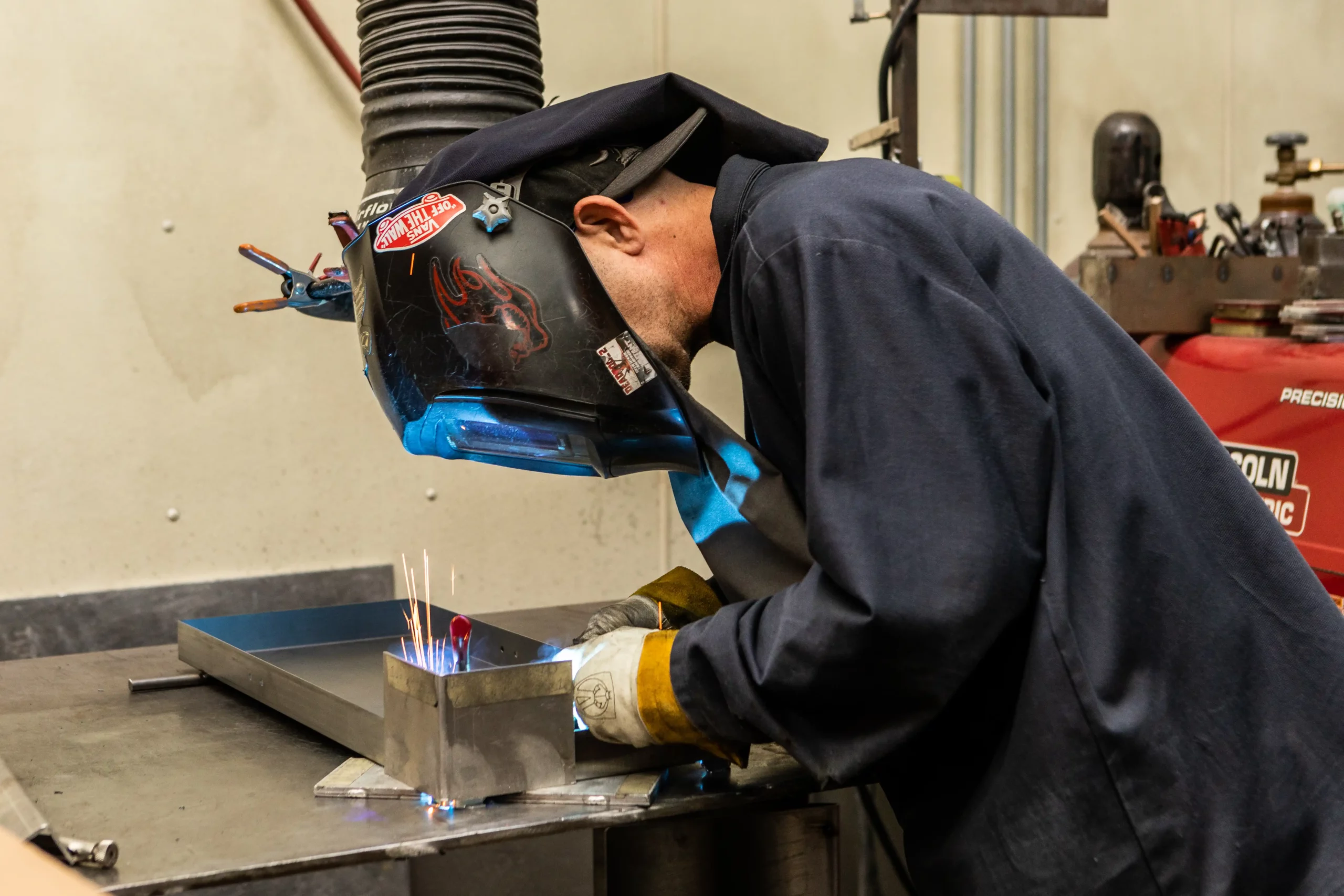Bonding WPS for Beginners: Getting Started with Welding Procedure Specs
Grasping Welding WPS Requirements: Best Practices and Techniques for High Quality Welds
In the world of welding, understanding Welding Procedure Spec (WPS) criteria is an essential part that straight affects the high quality and integrity of welds. As we navigate through the complexities of welding WPS requirements, revealing essential understandings and methods for accomplishing top-tier welds will be paramount for welders looking for to succeed in their craft and create welds that stand the test of time.
Recognizing Welding WPS Standards

Recognizing WPS requirements is essential for inspectors, designers, and welders associated with welding procedures. By following WPS guidelines, welders can create welds that meet the needed mechanical residential or commercial properties and architectural stability. Inspectors depend on WPS documents to verify that welding procedures are being complied with appropriately which the resulting welds are of premium quality. Engineers make use of WPS standards to make welding procedures that ensure the toughness and dependability of bonded structures.


Necessary Tools for High Quality Welds
Understanding welding WPS requirements is vital for welders to effectively use the essential devices required for generating top quality welds. One of one of the most critical tools for top quality welds is a welding maker. The type of welding maker needed depends upon the welding process being utilized, such as MIG, TIG, or stick welding. Welding safety helmets are likewise indispensable to shield the welder's eyes and face from sparks, warmth, and UV radiation. Additionally, welding handwear covers made of resilient and heat-resistant products guard the hands from burns and injuries. Magnets and clamps assist hold the work surfaces with each other safely during the welding process, ensuring exact and accurate welds. Wire brushes and chipping hammers are crucial for cleansing the weld joint prior to and after welding to get rid of any pollutants that could affect the quality of the weld. Lastly, a gauging tape and angle grinder are helpful devices for making certain proper placement and preparing the work surfaces for welding.
Trick Techniques for Welding Success
To attain welding success, one must understand the crucial strategies important for producing high-grade welds. One essential technique is preserving the proper arc length. Keeping the electrode at the optimal distance from the work surface is crucial for creating strong, consistent welds. Furthermore, controlling the traveling speed is extremely important. Moving also rapidly can result in insufficient penetration, while moving also slowly can cause extreme heat input and potential defects. Correct adjustment of the electrode angle is an additional essential strategy. The angle at which the electrode is held can influence the bead form and infiltration of the weld. Furthermore, making sure regular weapon angle and direction of traveling is vital for uniformity in the weld grain. Last but not least, keeping a stable welding and a stable hand placement throughout the procedure is key to accomplishing precision and uniformity in the welds. By mastering these essential techniques, welders can elevate the high quality of their work and attain welding success.
Ensuring Conformity With WPS Criteria

In addition, welders must undergo training to familiarize themselves with the WPS requirements appropriate to their job. Routine audits and examinations should be conducted to validate that welding tasks line up with the prescribed WPS guidelines. Furthermore, keeping in-depth documents of welding criteria, equipment calibration, and evaluation outcomes is important for showing compliance with WPS standards - welding WPS. By vigilantly sticking to WPS standards, welders can guarantee that their job satisfies the needed quality degrees and adds to the general success of the welding project.
Troubleshooting Common Welding Issues
When faced with typical welding concerns, identifying the origin reason is crucial for efficient troubleshooting. One prevalent problem is the existence of porosity in welds, often triggered by impurities such as oil, corrosion, or moisture. To resolve this, making certain proper cleansing of the base important source steel before welding and using the correct shielding gas can dramatically decrease porosity. An additional issue regularly experienced is absence of blend, where the weld stops working to properly bond with the base material. This can stem from poor warm input or inappropriate welding strategy. Adjusting parameters such as voltage, wire feed speed, or take a trip speed can help improve fusion. Additionally, distortion, splitting, and spatter prevail welding obstacles that can be reduced via proper joint preparation, regular warm control, and choosing the suitable welding consumables. By thoroughly understanding these common welding problems and their origin, welders can properly troubleshoot Visit Your URL problems and attain top quality welds.
Conclusion
Finally, understanding welding WPS standards calls for a detailed understanding of the guidelines, using important tools, and executing key strategies for effective welds. Making certain compliance with WPS criteria is critical for creating high quality welds and staying clear of common welding problems. By adhering to best techniques and techniques, welders can accomplish regular and trusted outcomes in their welding tasks.
In the realm of welding, mastering Welding Procedure Specification (WPS) standards is an essential part that straight affects the high quality and honesty of welds.When delving right into the realm of welding techniques, an essential facet to comprehend is the significance and intricacies of Welding Procedure Specification (WPS) requirements. WPS criteria supply a detailed standard for welding operations, making sure uniformity, quality, and safety and security in the welding process. The type of welding device needed depends on the welding process being utilized, such as MIG, TIG, or stick welding.Attaining welding success through the mastery of essential strategies demands a complete understanding and adherence to Welding Procedure Specification (WPS) criteria.